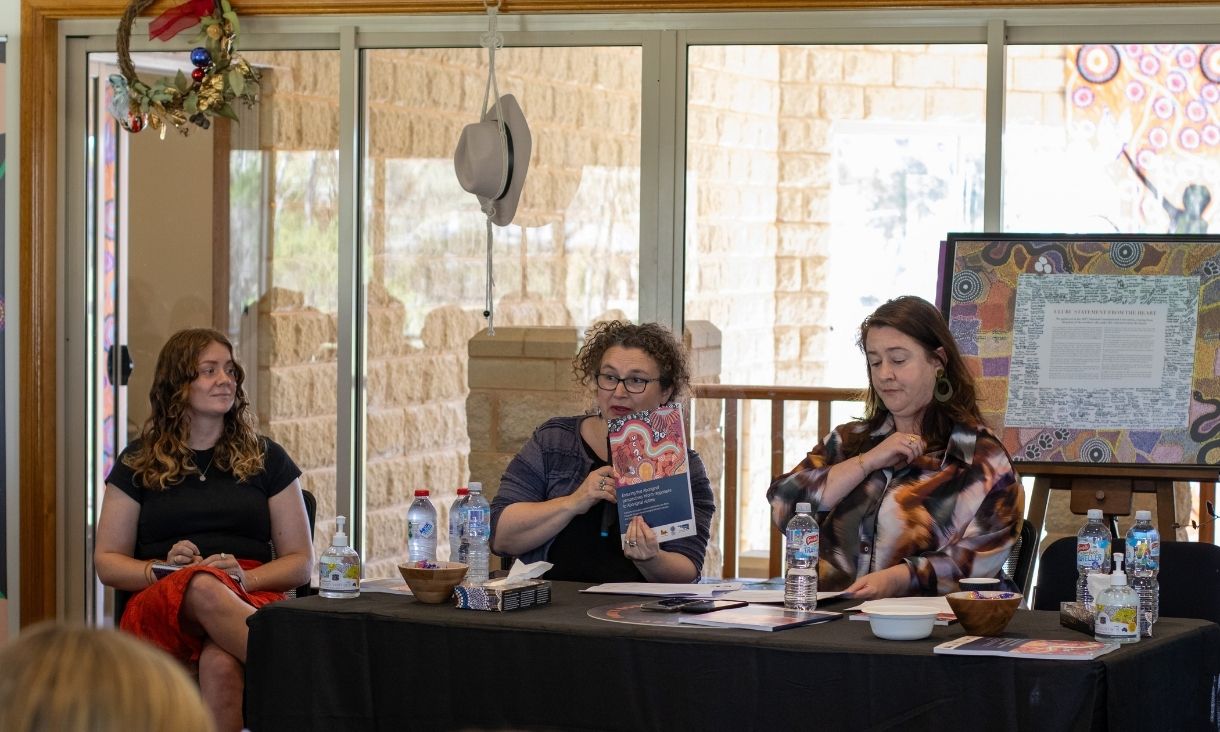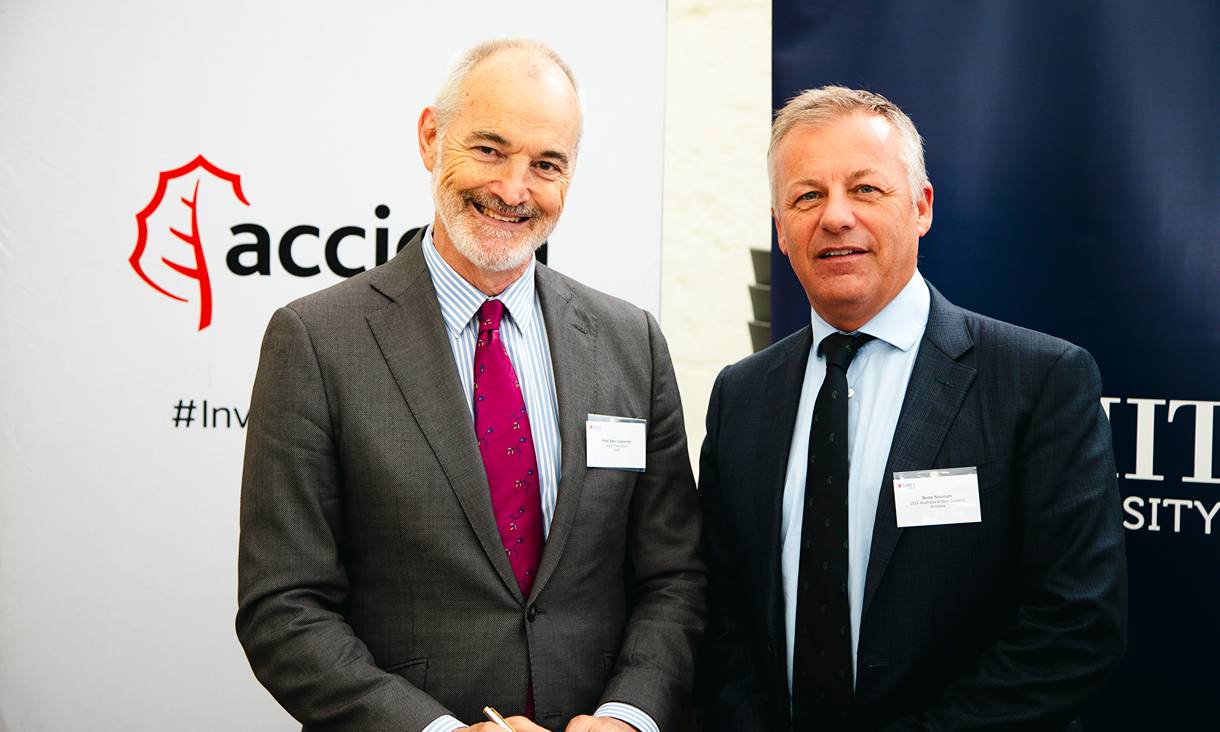Voices of Aboriginal victims of crime inform calls for improved support
A report has found that widespread structural change to service systems and legal processes is urgently required to ensure that Aboriginal and Torres Strait Islander people who experience crime are receiving appropriate and effective support.
Study reveals the reasons women leave cyber security: bullying, 24/7 culture, pay gap
New research from RMIT University has investigated why women are under-represented in Australia’s cyber security workforce and why the few that do enter the sector, often end up leaving it.
New partnership with global infrastructure giant ACCIONA to advance sustainability
RMIT and ACCIONA have signed a partnership agreement to drive innovation and build skills for a sustainable future.
Enabling circular economy practices in sustainable metal production
Researchers in the DIAMETER project will develop digital platforms focused on augmented sustainability and circularity of additive manufacturing and machining processes.







